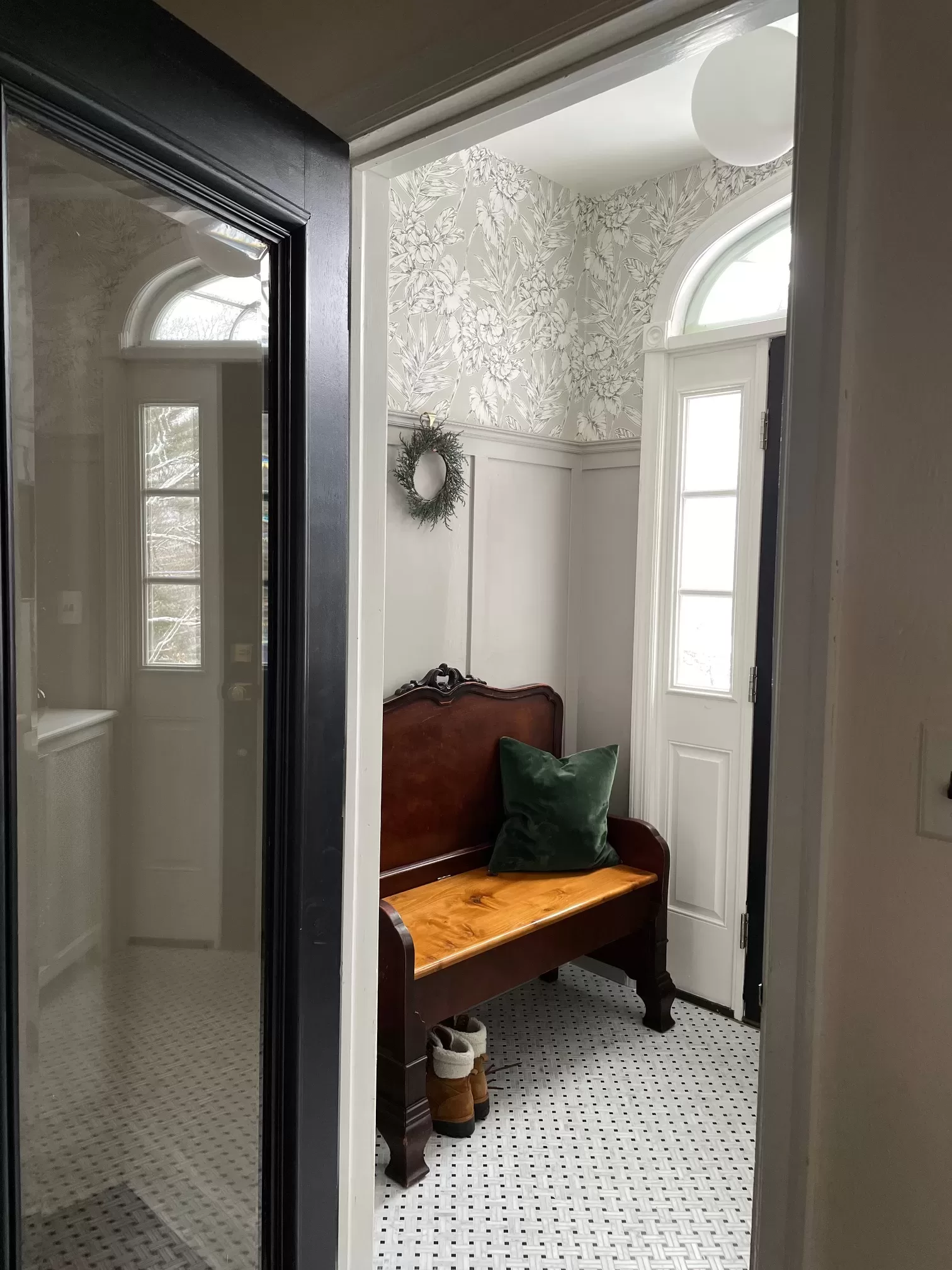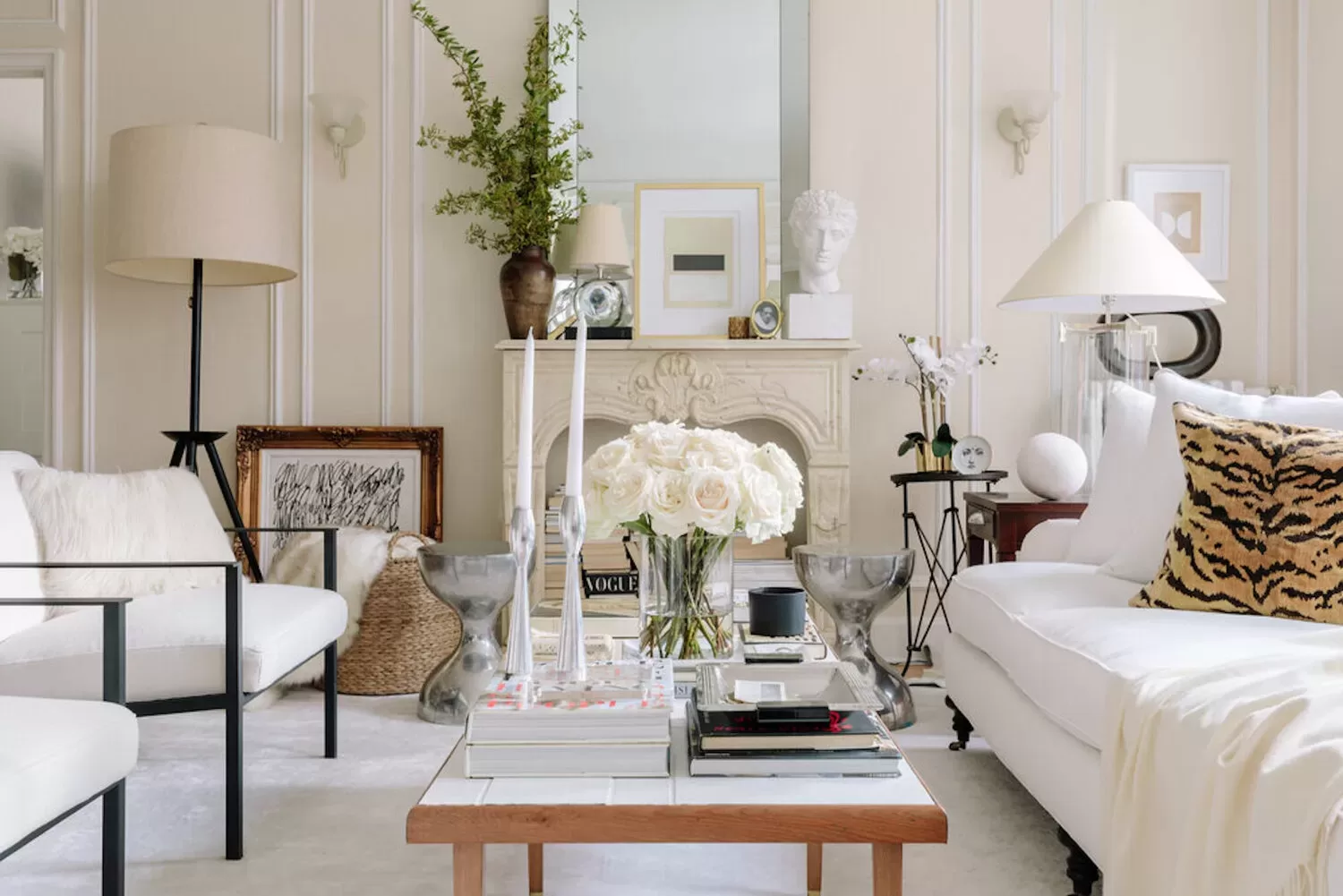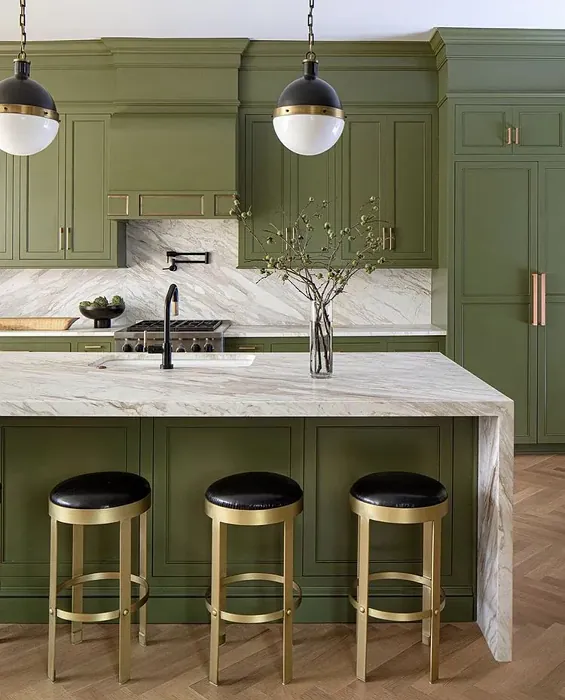Chalk Paint vs. Regular Paint: Which is better for furniture?
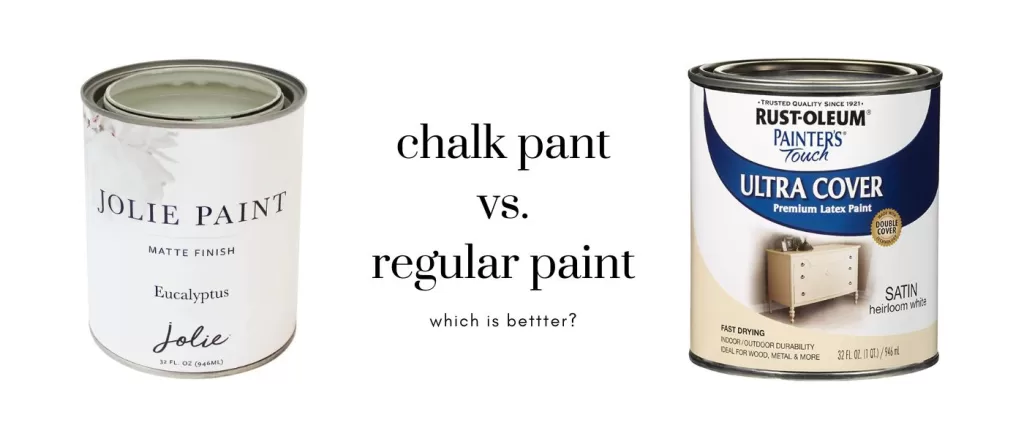
If you’re looking to upgrade an antique piece, or you simply want to makeover furniture that no longer suits your style, using chalk paint vs. regular paint is one of your first decisions.
Chalk paint is often reserved for rustic or farmhouse styles, but it is pretty versatile and can fit modern and contemporary aesthetics in the right circumstances. With a flat matte look, this paint introduces a dose of texture to the space. However, there is more to chalk paint than just a finish preference. Chalk paint is also incredibly simple to use, because it doesn’t require you to sand or prime furniture first.
Whether you want to flip that worn dresser, vanity, or cabinet, chalk paint comes with many advantages, and a handful of disadvantages, too. I’ve used both frequently in my own furniture makeovers, and In this post, I’ll walk you through the pros of using chalk paint and, why you may choose to use latex or acrylic paint, instead.
Let’s discuss.
Chalk paint vs. Regular Paint: The key differences

There are a few key difference between chalk paint vs. regular or latex paint.
The big ones are:
Finish
Chalk paint is known for its distinctive matte finish, while other types of paint like latex and spray paint come in a variety of finishes like matte, satin, semi-gloss or gloss.
Price
Chalk paint tends to be more expensive than other types of furniture paint.
Prep work & application
Chalk paint lovers tout the simple application process that requires no prep. Chalk paint contains minerals and is specially designed to grip onto various surfaces without sanding or applying a primer.
VOCs
Chalk paint contains no VOCs, making it better for both indoor air quality and the environment at large. Other furniture paint, especially spray paint, contains VOCs.
Now that we’ve covered the basics, here’s more detail about the pros and cons of each paint choice.
Here are some of the biggest advantages of chalk paint.

1. Less prep work
One of the biggest selling points for chalk paint is that you can use it without a ton of prep work. With regular paint or even spray paint projects, you need to undergo lengthier prep-work process that usually included sanding, and applying a primer.
With chalk paint, you can technically paint furniture without sanding or priming. All you need to do is ensure the surface is clean and dry. If there is paint on the piece already, you are free to apply the layer over it. You won’t need to strip the previous paint to update the piece with a fresh one.
This can be especially appealing if you’re planning to paint a vintage find with fine details, since sanding and priming these areas can take lots of effort.
All that said, however, I’ve always found that the best results when painting furniture come when you sand and prime a piece, even when you are using chalk paint. There are also some cases where you will need a bonding primer not matter what, so it’s always a good idea to test your piece, first.
2. Easy cleanup
Spray paint and acrylic paint can be tough to clean. With chalk paint being water-based, you can wash the tools and clean the mess using water and soap.
3. No VOCs
Chalk paint doesn’t contain volatile organic compounds, so it won’t release unpleasant chemicals or smells. This makes it a great choice for projects in kids rooms, or if you simply prefer to use cleaner products in your home overall.
4. No topcoat
Regular paint requires a top coat to have a durable finish. While chalk paint doesn’t need a top coat, it does need a sealant. Even though chalk paint isn’t prone to chipping, it is porous and might soak up spills. Therefore, it might be better to apply a top coat to ensure the lovely color stays intact.
5. Matte look
If you are keen on the flat matte look, chalk paint will achieve the desired results. Whether you are after a shabby-chic look or want to add the modern minimalist vibe, the matte finish can fit your style to perfection.
6. Distressing
A distressed finish will add texture to the piece. This simple step will add character to your furniture if you love farmhouse or shabby chic style. With latex paint, distressing can be challenging. If you want to achieve the worn look, you might end up with peeling instead of the natural distressed finish. With chalk paint, achieving a worn finish is too simple. You can easily distress the chalk paint using a wet towel for a natural look that mimics the natural deterioration process.
6. Chalk paint has lots of uses
The lack of prep and easy application make chalk paint the ideal choice for any furniture flipping project. Thanks to its consistency, the paint can perfectly adhere to wood, glass, metal, and fabric. Therefore, you have more flexibility with chalk paint.
If you want to add your own signature touch to the furniture, you have plenty of options with chalk paint other than a distressed finish. We already mentioned that the paint is quite porous, and this feature is ideal if you want to show off your creativity and add an artistic touch to your furniture. If you’re going to layer colors, the porous nature of chalk paint will allow easy blending. The result is a unique finish that you can’t replicate with any other paint. Regular paint won’t blend with different colors nicely, so you won’t achieve the look you want.
Even though the paint has a dull finish, it doesn’t have to mean that you should stick with the matte look if it isn’t your preference. You might like the easy application that chalk paint offers, but you might not be keen on the flat look. In this case, you can opt for wax as a sealant. With buffing, you can attain a moderate sheen. You won’t achieve a completely satin finish, but the wax is an excellent choice if the chalky finish appears too flat for your taste.
What are cons of chalk paint?

Chalk paint is easy to work with, even for beginners. In most cases, you won’t have to prep and prime, so the process is straightforward and fast. Since chalk paint is water-based, you can easily clean the tools with water and soap. Also, it gives furniture a nice matte finish, ideal for a wide array of styles.
However, chalk paint comes with cons too.
For one, chalk paint comes with a higher price tag, so be ready to pay more if you prefer the matte look and convenience. It also comes in fewer paint colors, so if you want a custom color, like Benjamin Moore Hale Navy or one of my favorite sage green paint colors) to match your walls, for example, you won’t be able to match it perfectly.
Also, some furniture requires prep work no matter what, so if you’re choosing chalk paint because you’re hoping to skip on out the sanding and primer, make sure your piece is the right candidate. Older pieces that have staining, especially if the stain is oil based, will need to be sanded and primed so the stain doesn’t bleed through the chalk paint.
Finally, if you plan to finish your chalk paint project with a wax or polyurethane, know that either can deepen the color of your chalk paint, which can change the look of a piece.
What are the pros and cons of regular furniture paint?
Regular furniture paint, like acrylic, latex, and spray paint, also come with both pros and cons.
The biggest pros for these products is that they are long-lasting, many dry to a hardened finish, and they come in a variety of sheens. Some furniture paint, like Valspar cabinet and furniture enamel, can also be tinted to thousands of colors, so you can get the exact shade you’re looking for.
The cons of regular furniture paint is that it generally requires more prep work than chalk paint, and many furniture paints contain VOCs.
It is better to paint furniture with chalk paint or regular paint?
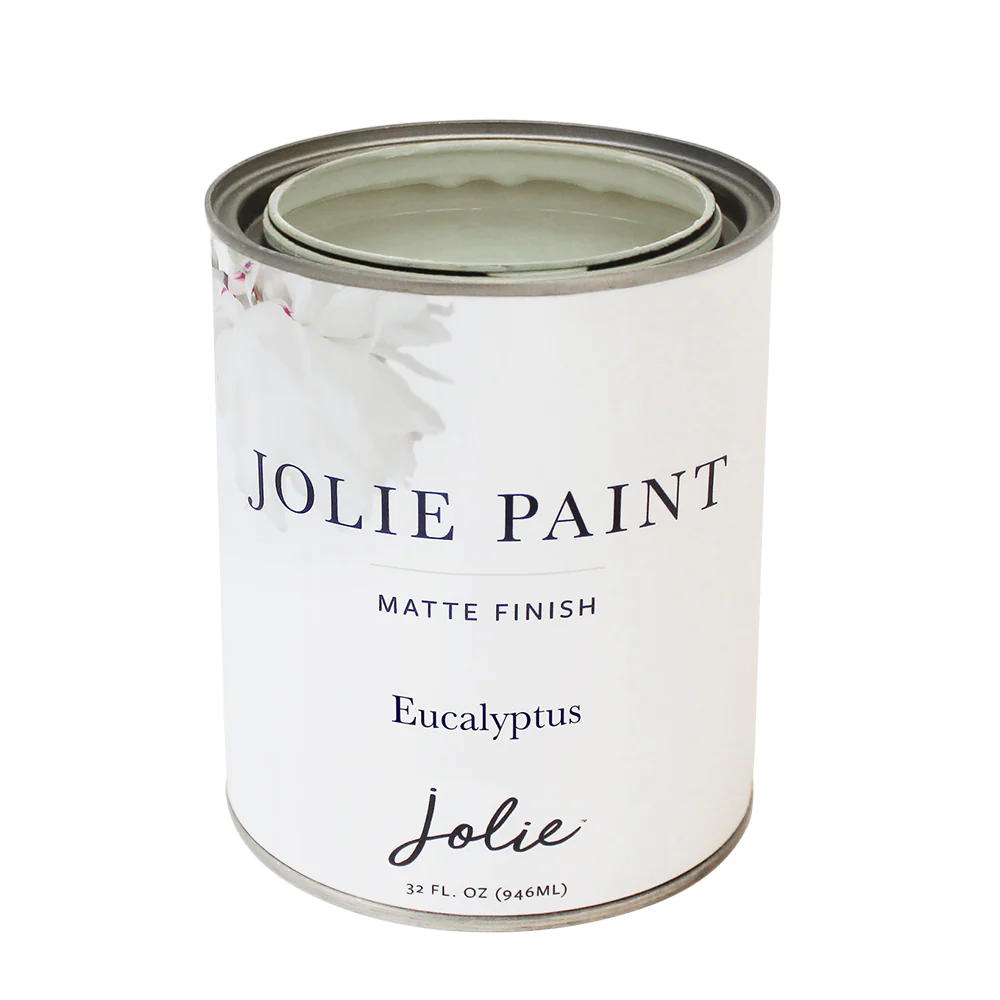
Overall, whether it’s better to paint with chalk paint or regular paint will come down to your finish preference, how much time you want to spend painting, and your budget.
Whether you are a beginner in painting or prefer the convenient process, chalk paint is excellent for furniture. The best part, like we mentioned, is that chalk paint requires little to no prep work. It can grip onto smooth surfaces, so there is no need for a primer. Whether you want to add charm to your old dresser, wardrobe, or dining table, the matte finish will suit your needs.
However, if you want an extra durable finish for your chalk-painted project, you need to apply a topcoat (or, you can try an epoxy, like I used in my DIY marble countertops project).
Chalk paint is more saturated than latex paint so you will achieve the desired look within one to two coats. Latex paint doesn’t have the opacity, and achieving full coverage is somewhat tricky. Thanks to its composition, chalk paint tends to be less susceptible to temperature changes and doesn’t chip. On the other hand, latex paint can chip or crack when exposed to extreme temperatures.

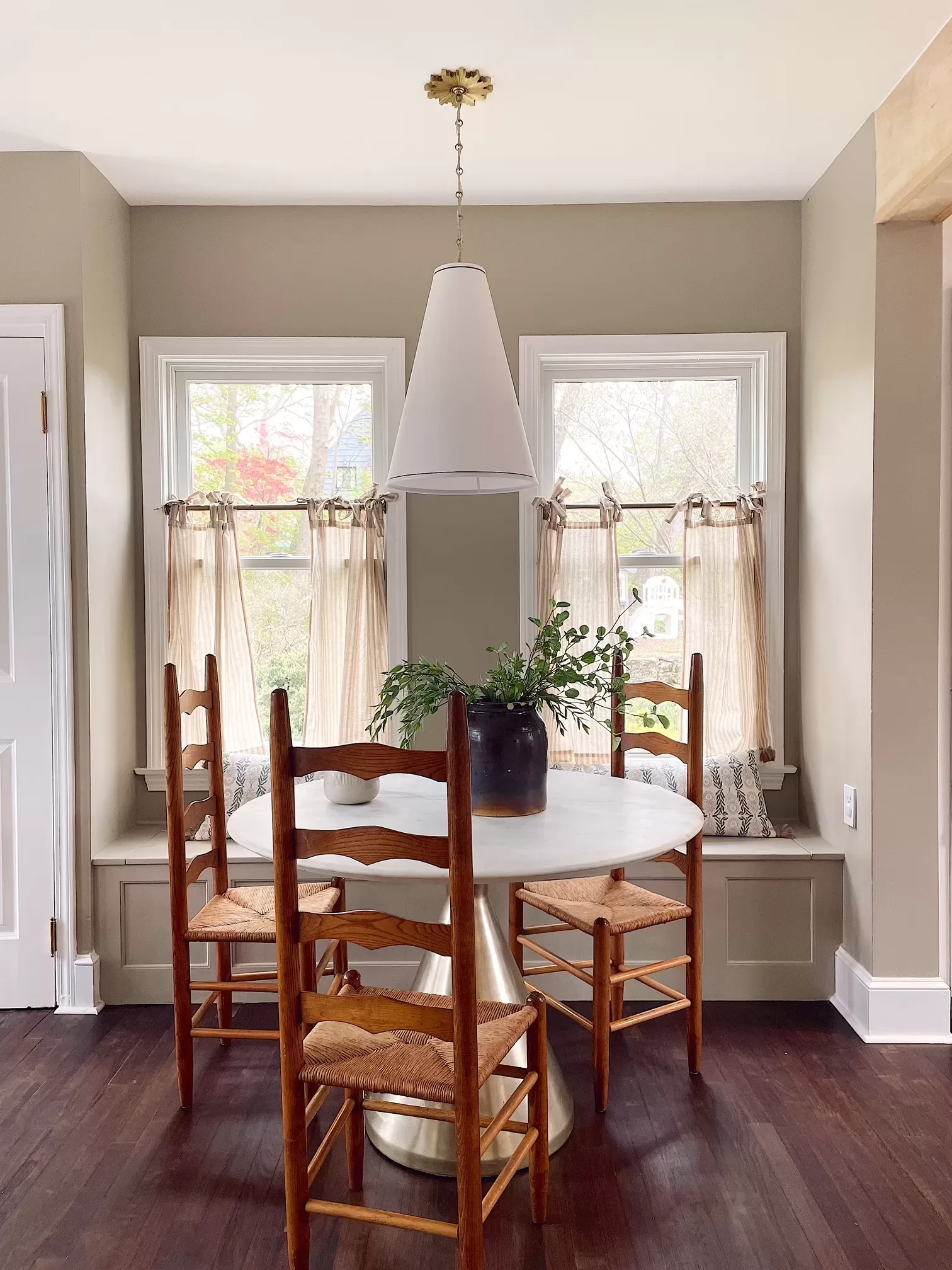
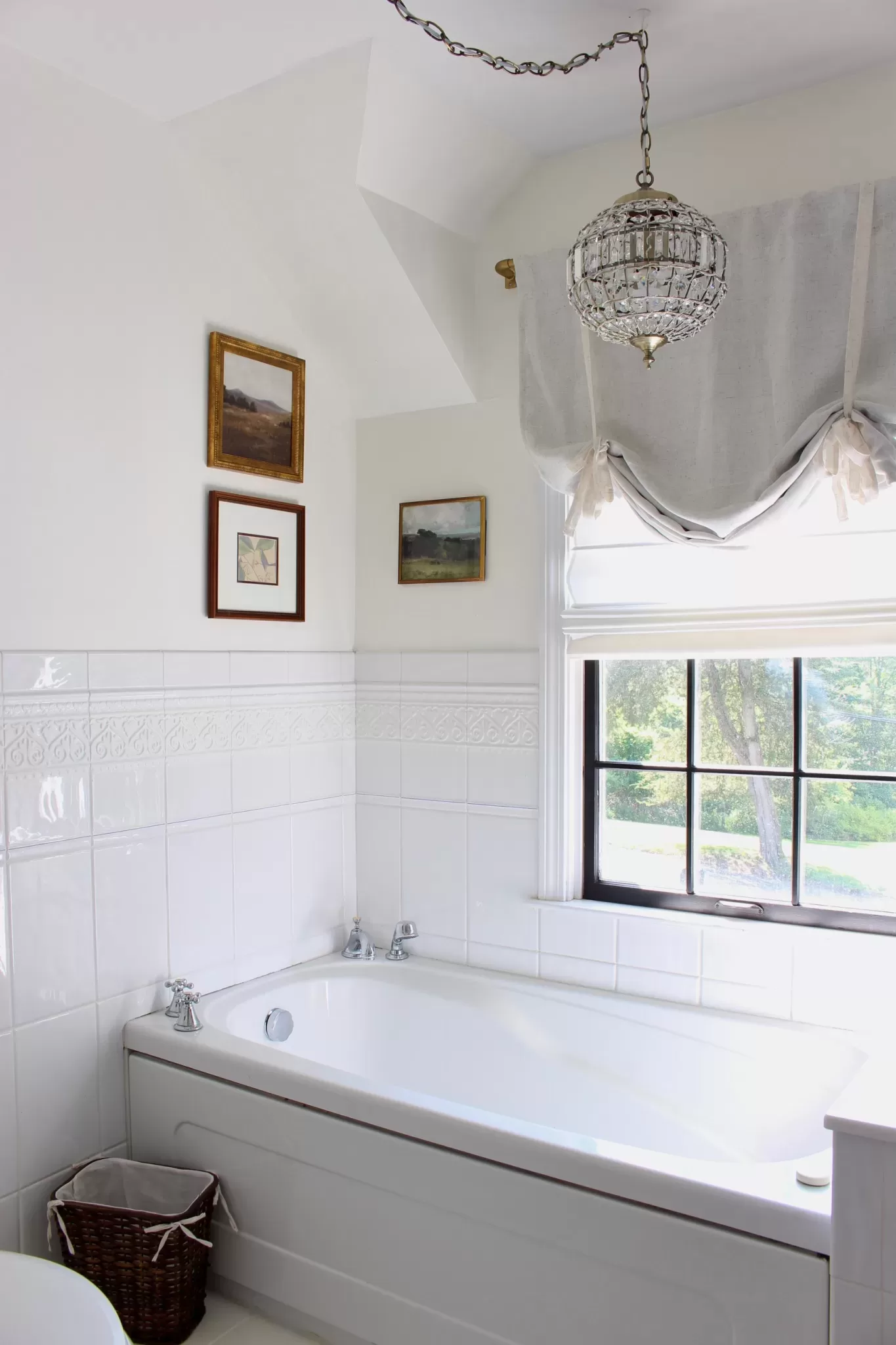
![10 Best Paint Colors For The Whole House [2024]](https://kaitlinmadden.com/wp-content/uploads/2024/01/best-white-paint-colors-2.png)
